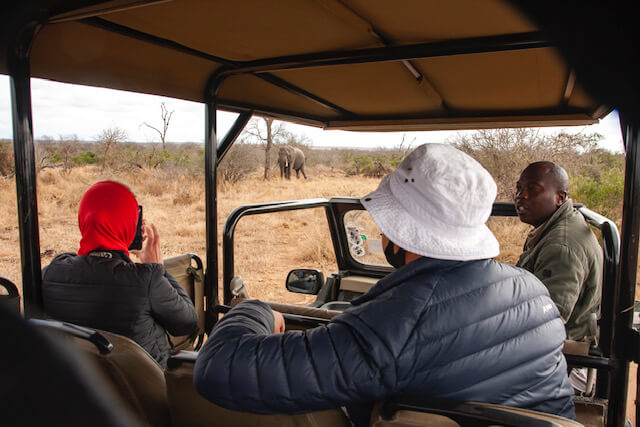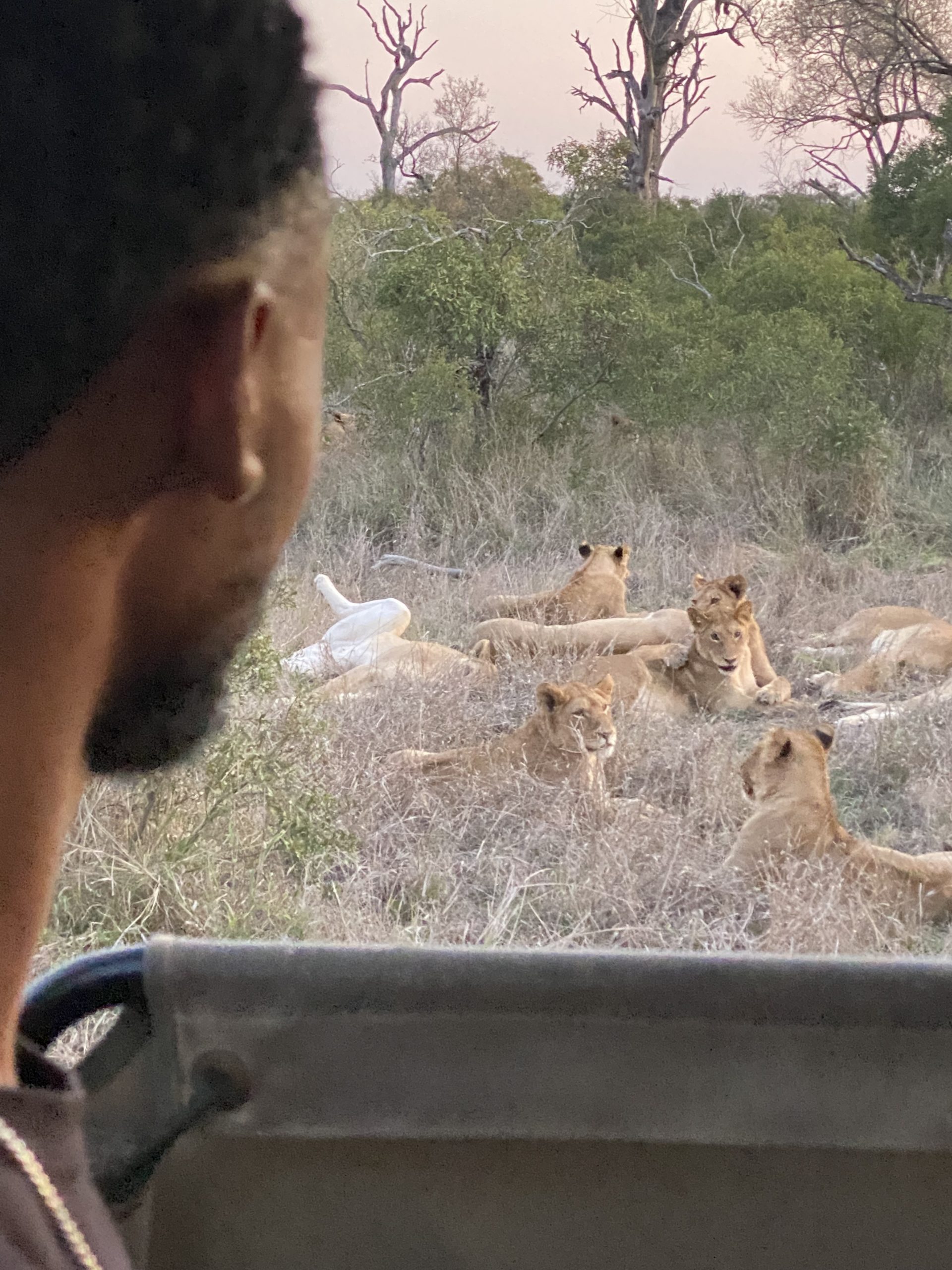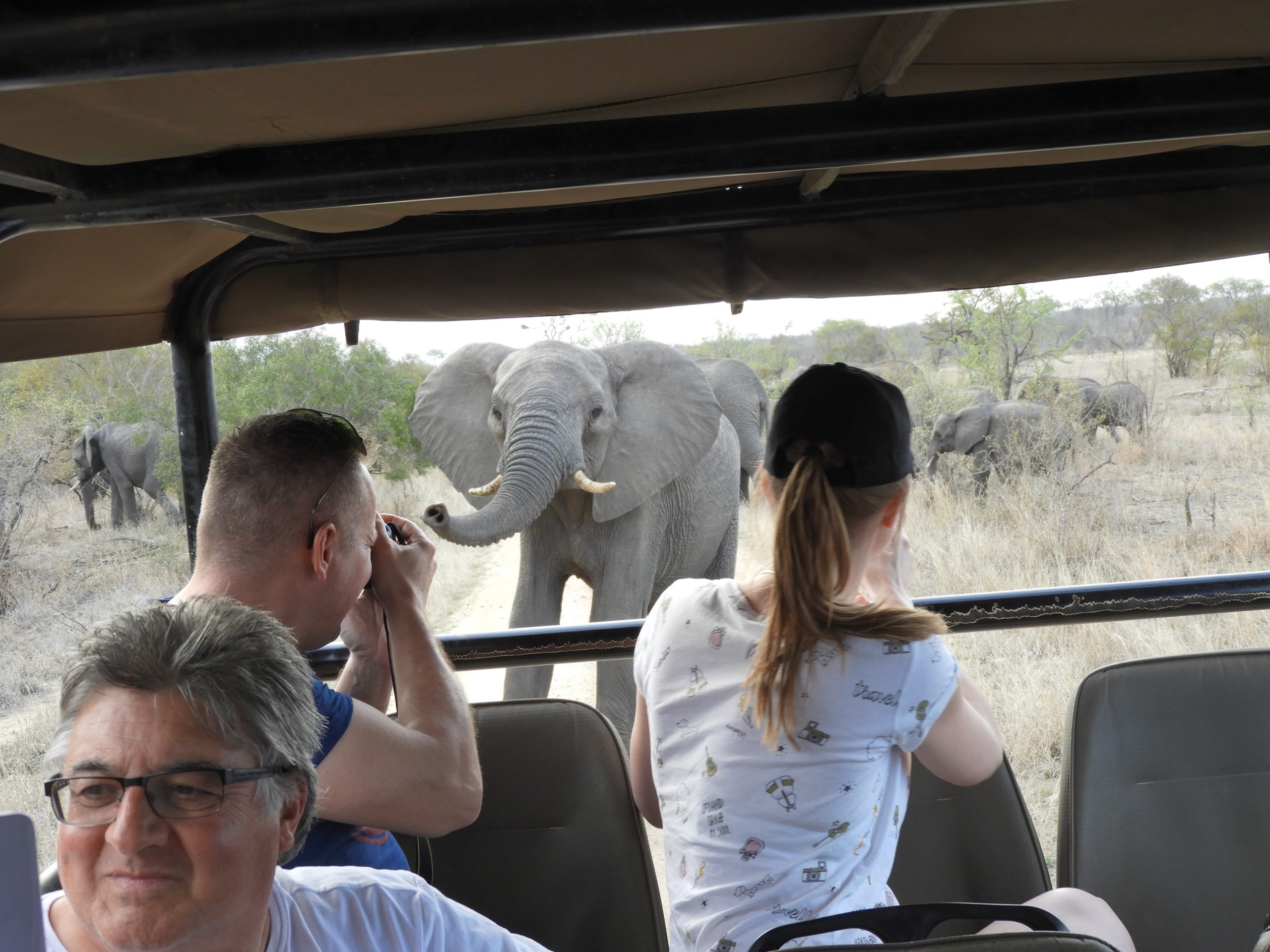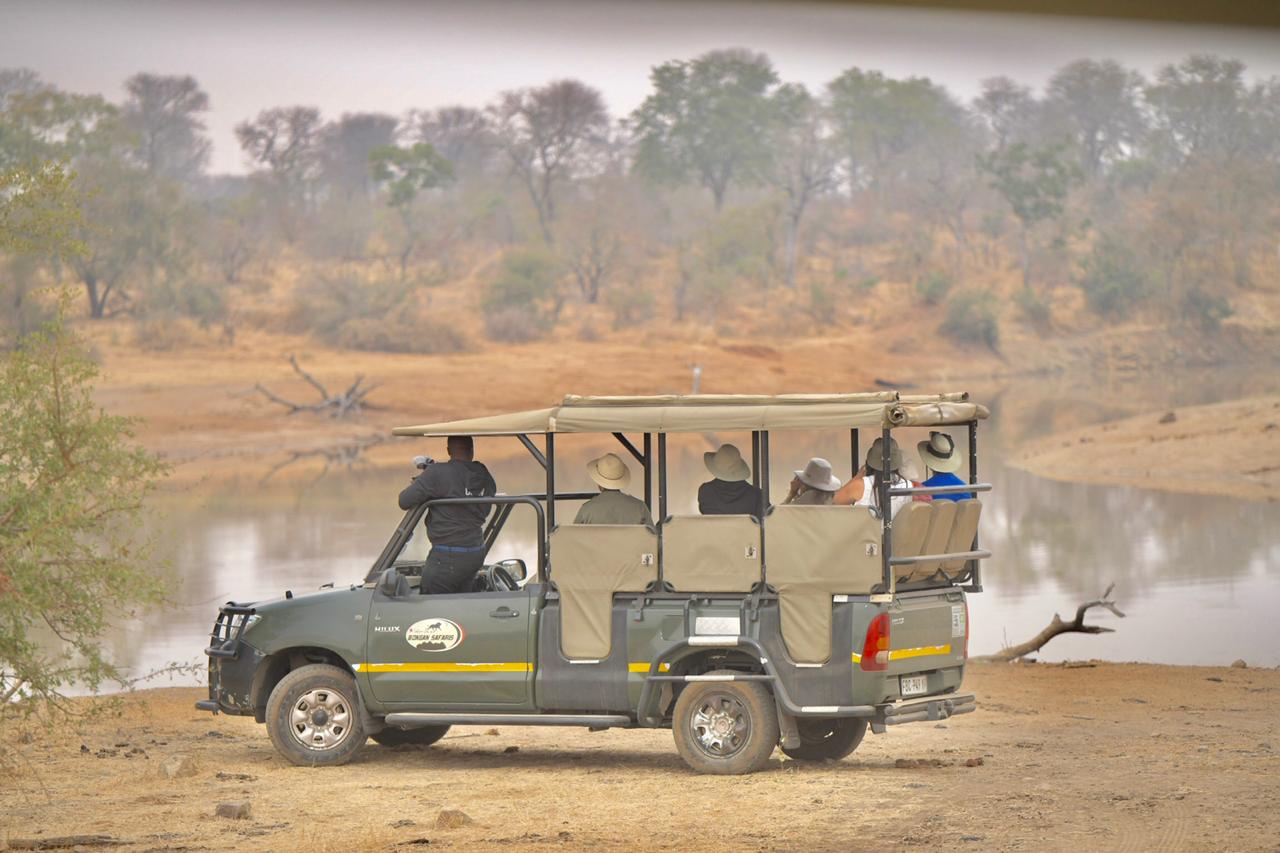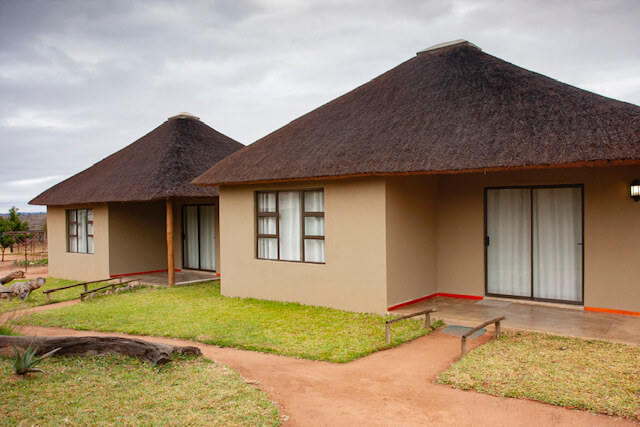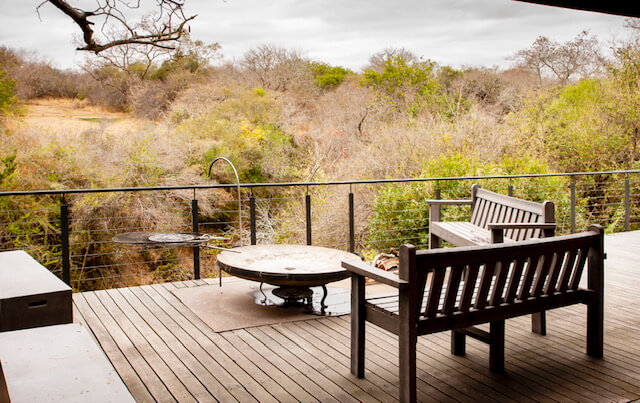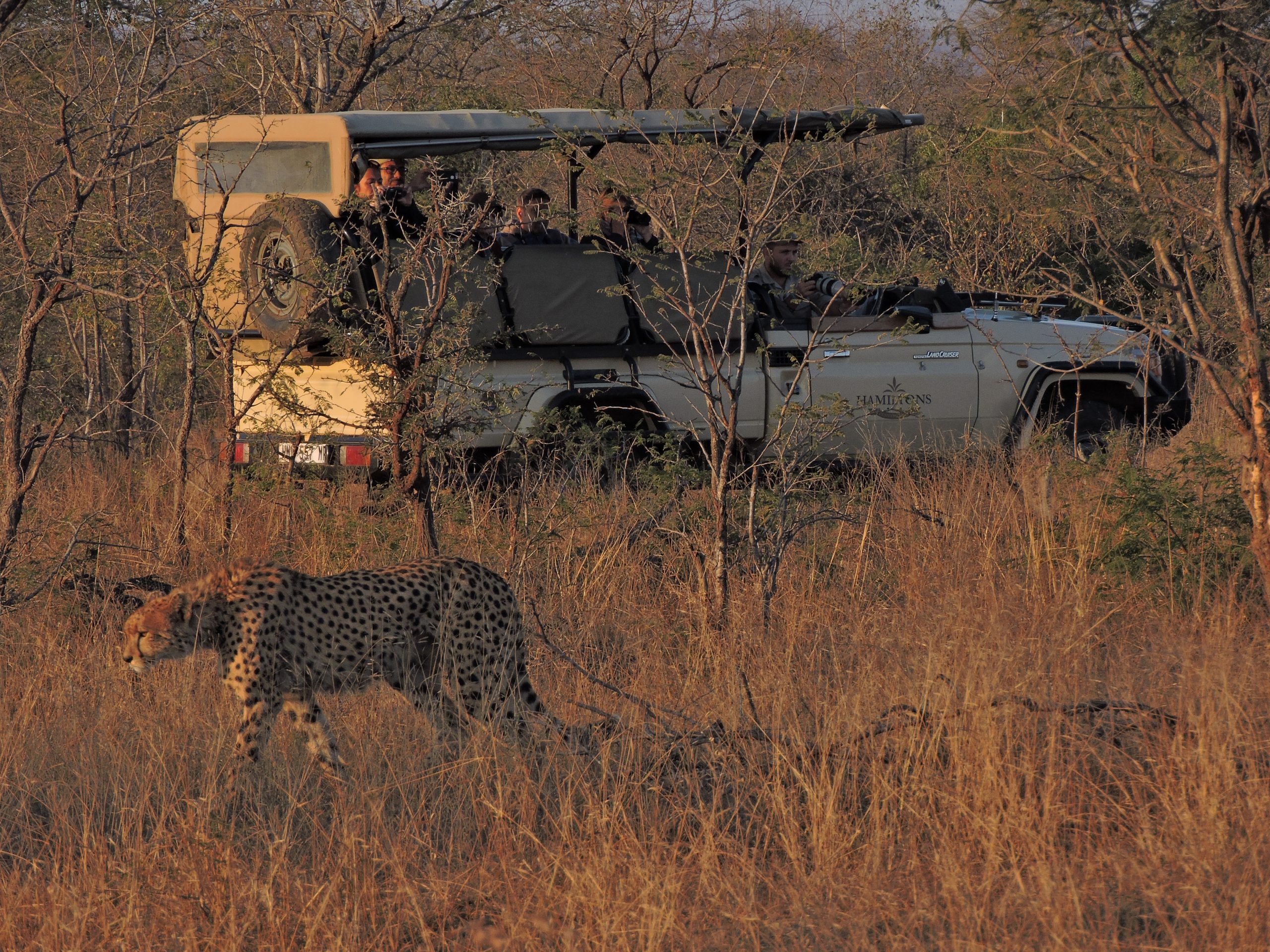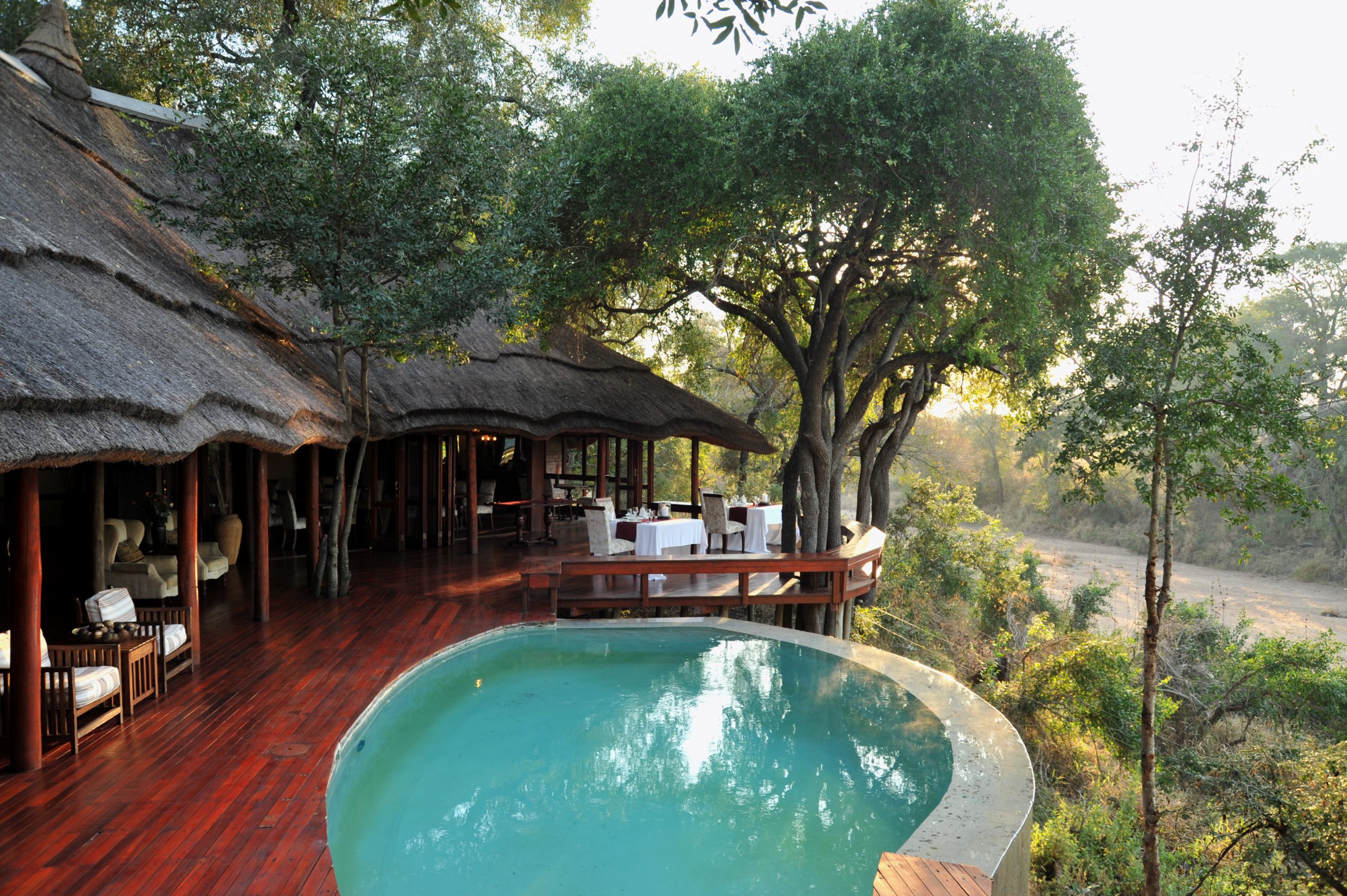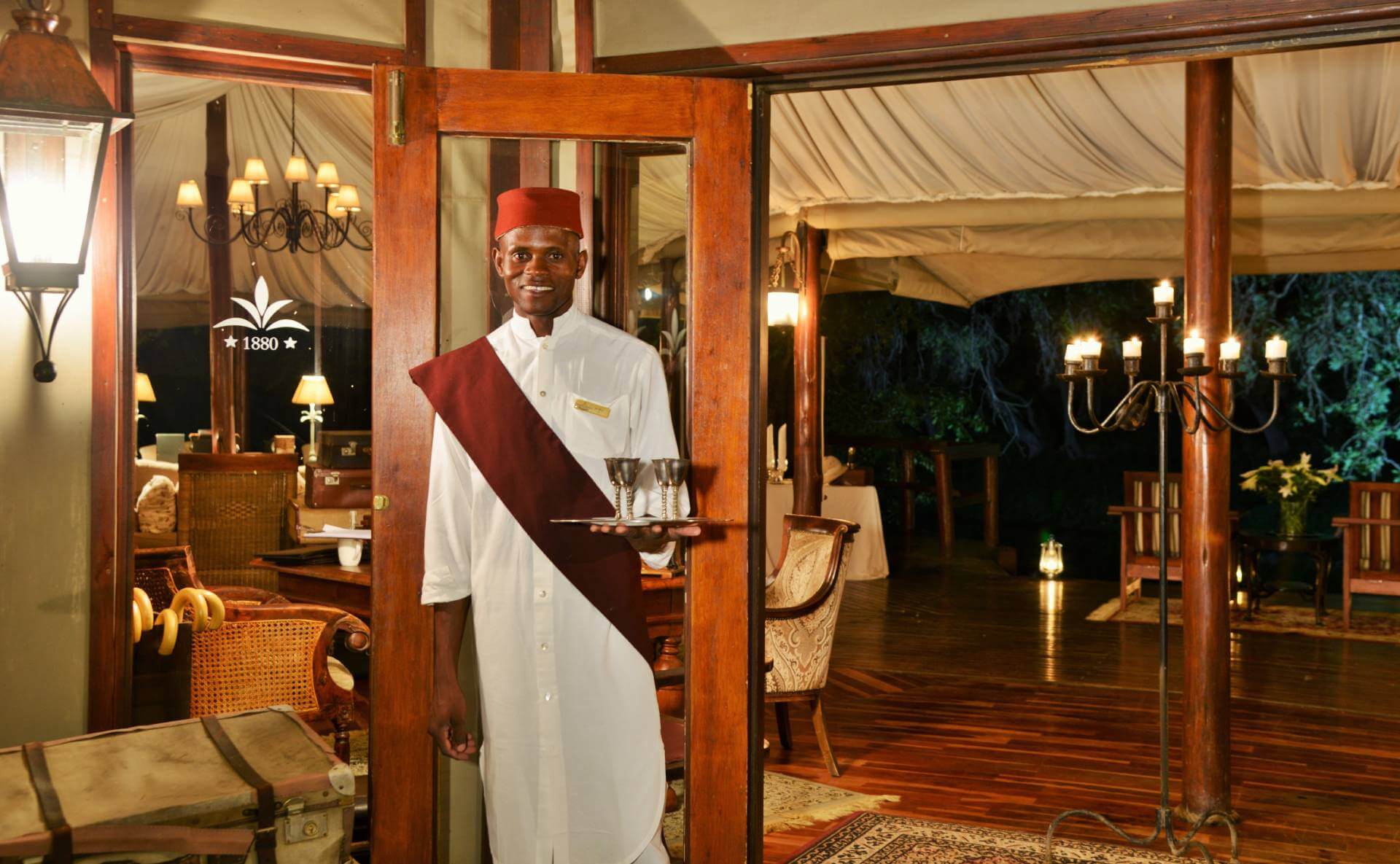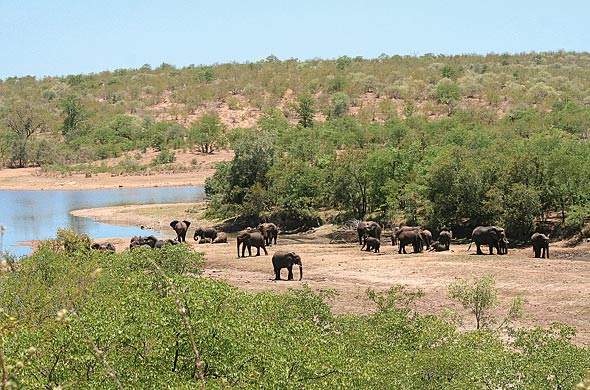Kruger National Park Biodiversity
Vegetation
Plant life contains four main part, that covers the four quadrants of the park. The main veld types are determined by the rainfall gradient (400 to 750 mm per annum) and geological substrates.
Shrub mopane veld
Shrub mopane covers the entire north-eastern area
Red bush-willow and mopane veld
The Red bushwillow and mopane veld lie in the western half of the park, north of the Olifants River. The big five are found in Kruger Park, which has more species of large mammals than any other African game reserve (at 147 species). There are webcams set up to observe the wildlife.
Mammals at the Kruger Park
In 1994 Kruger Park stopped the killing of Elephants. the population increased to 11,670 elephants, by 2006 it was close to 13,500, by 2009 to 11,672, and by 2012 to 16,900. People living in the park can sustain only 8,000 elephants.
Birds
Kruger National Park is known for its remarkable Birds. Coming from the southern to Central part these a fall off when it comes to the diversity in the Mopane-dominated flats northwards of the Olifants. Most Birds reproduce in summer, during the rainy season which sustains the vegetation and animals’ food. the biggest species of prey that reproduce during the dry season of winter. The total number of resident birds is 517 birds, and 117 birds are non-breeding migrants and 147nomads.
Some birds in the National Park do need to have big territory. There are Six birds, that are by and large restricted to the National Park and some areas, it has been assigned to a grouping called the “Big Six Birds. in 2011 aerial survey found 22 martial eagle nest sites, and the 2015 survey an additional 17, while the 2020 survey found 70 nest locations. There are 25 to 30 breeding pairs of saddle-billed stork in the park, besides a handful of non-breeding individuals. In 2012 178 family groups of ground hornbills roamed the park and 78 nests were known, of which 50% were active.
Other vertebrates
Kruger Park has 126 species of reptiles, that includes the black mambas, African rock pythons, and 3,000 Nile crocodiles. Thirty-three species of amphibians are found in Kruger Park. well as 50 fish species.
Invertebrates
The Park has 219 species of skippers’ (the family of Lepidoptera that is named the Hesperidia and 3500 species have been recognized worldwide). Butterflies do have four stages of development. they undergo complete metamorphosis, and it is found that some butterflies do several generations in a year. The National Park does not have the total number of all Lepidoptera species looking at the African savanna we can say around 7,000. It allows the resident outside the National Park to harvest their caterpillars. You find mosquitos in the park that includes the Culex, Aedes, and Anopheles genera that target mammals. Mosquitos can cause Malaria which is a mosquito-borne infection that does affect humans and animals’ symptoms include fever and headaches.

